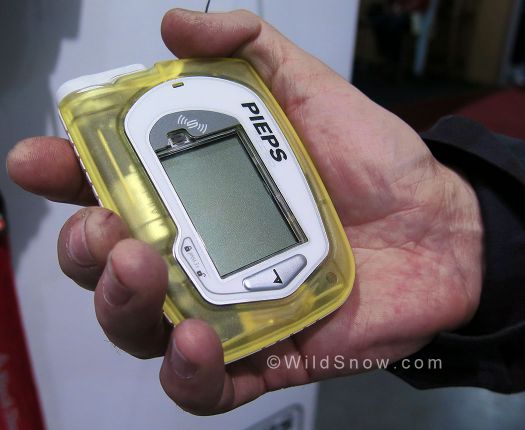The Pieps Micro avalanche beacon debuts as one of the smallest and lightest three antenna beacons on the market.
Stated features:
The Pieps Micro only has an on/off switch and a button for flagging multiple burials. Search mode is initiated by light and movement. The idea is that you stash the Micro in your pocket or beacon chest harness and in the darkness it stays in transmit mode. In the event of an avalanche, you take it out and it automatically turns to search mode while you’re moving around in the daylight.
For ski mountaineering races requiring a 3 antenna beacon, this could be the item. It has the same weight and range as the one-antenna Pieps Freeride but is a bit smaller.
Nick Francis, President of USSMA (United States Ski Mountaineering Association), informed us that soon one or two antenna beacons will not be acceptable gear for skimo races. ISMF is implementing this new rule in Europe next season (2016/2017). USSMA will enforce it the season after (2017/2018).
Available fall 2016, MSRP $390.
WildSnow Girl, Lisa Dawson, is the luckiest girl in the world. Also known as Mrs. WildSnow.com, she tests whatever gear she wants. She gives the WildSnow family of websites the feminine voice.

